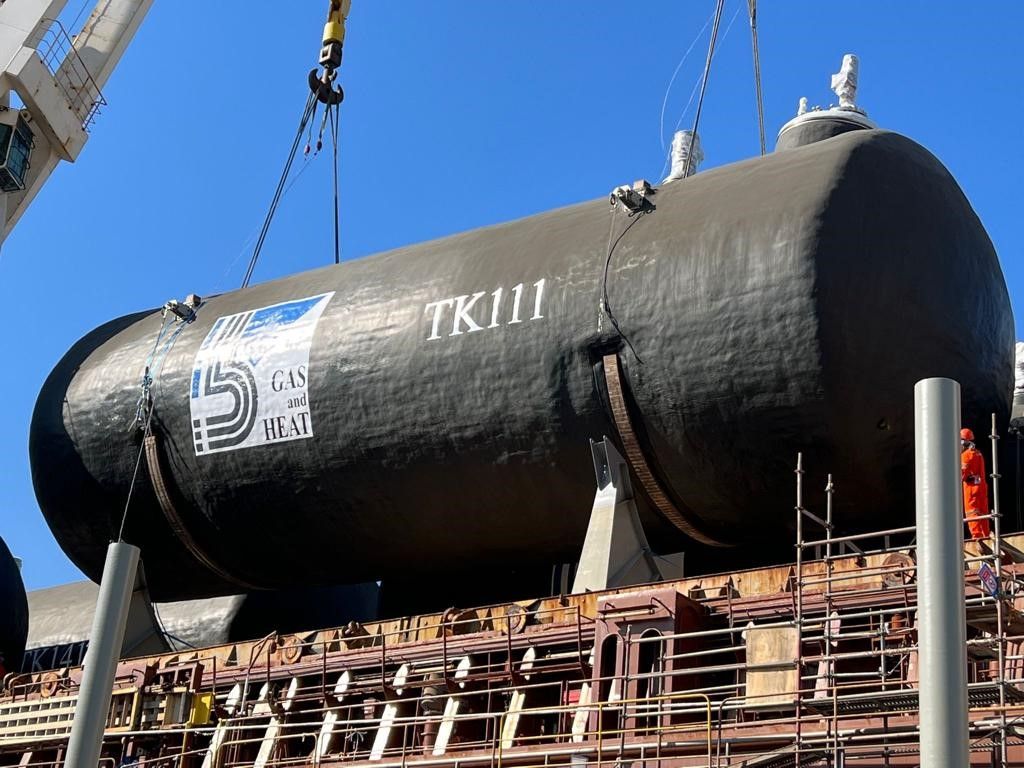Switzerland’s Axpo is joining forces with Italy’s Gas and Heat and the San Giorgio del Porto shipyard to deploy a small-scale LNG bunkering vessel off the coast of Naples.
The renewable energy producer and trader said in a statement on Wednesday it has signed a ten-year deal with the two firms to charter the LNG bunkering vessel and it expects the ship to begin operations in 2025.
Besides Gas and Heat and the shipyard, the Italian government’s infrastructure and transport ministry, MIT, and the Central Tyrrhenian Sea and Naples port authorities are also part of the flagship project, Axpo said.
San Giorgio’s shipyard in Piombino, Italy, will build the vessel with a capacity of up to 7,500 cubic meters.
In the future, the ship could also transport bio-LNG and ammonia, which is emerging as a “zero-carbon fuel”, particularly in the shipping sector, Axpo said.
Gas and Heat told LNG Prime later on Wednesday that a joint venture between the Italian LNG cargo systems manufacturer and San Giorgio del Porto will own the vessel and Axpo will charter it.
Both ships and trucks
Active off the coast of Naples, the vessel will provide ship-to-ship and ship-to-truck services.
The ship-to-ship bunkering includes the transfer of bunker fuel used by the receiving vessel from one ship to another and is typically carried for ocean-going vessels, while the latter entails the transfer of LNG to tanker trucks onshore, which then transport and distribute LNG by road to final users.
Axpo said that the Italian vessel will feature a multi-truck bunkering skid mounted onboard to enable the loading of several trucks simultaneously, “significantly” reducing bunkering time.
Proprietary to Gas and Heat, this will be the first use in Europe of the technology on continuous ship-to-truck operations, it said.
“The demand for sustainable solutions in the maritime industry continues to increase significantly, in line with the International Maritime Organization strategy of reducing greenhouse gas emissions from international shipping,” Axpo head of Continental Europe merchant trading, Marco Saalfrank, said.
“With the industry expected to achieve a reduction of up to 40 percent in the carbon intensity of shipping by 2030, the LNG bunkering solution will provide a cleaner marine fuel in the mid-term and beyond,” Saalfrank said.

